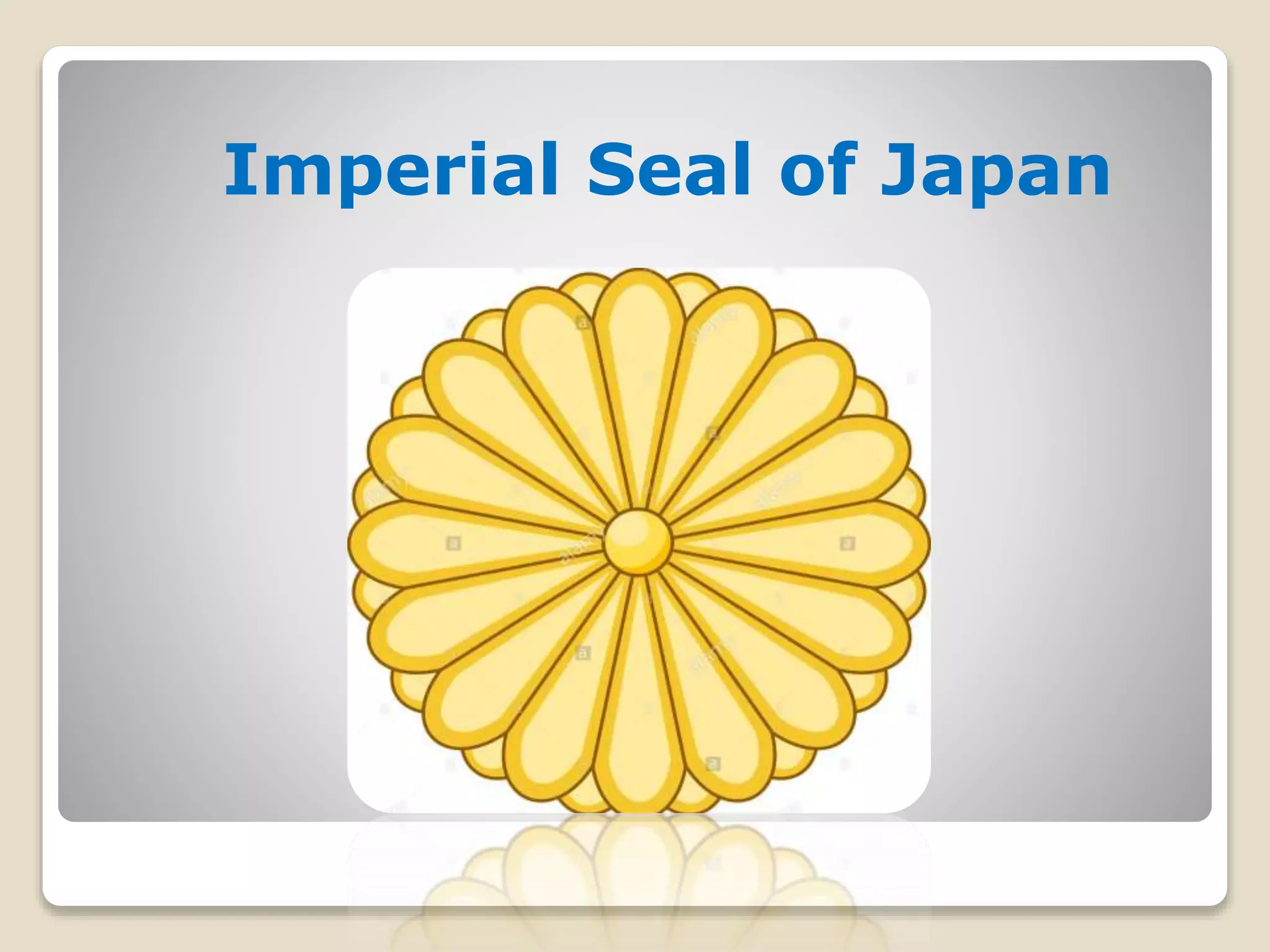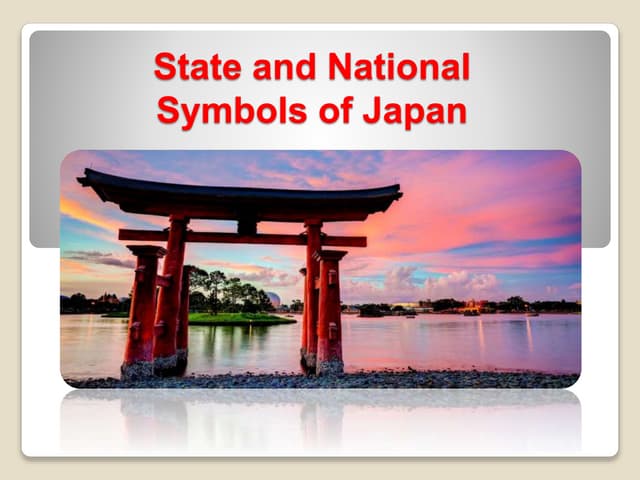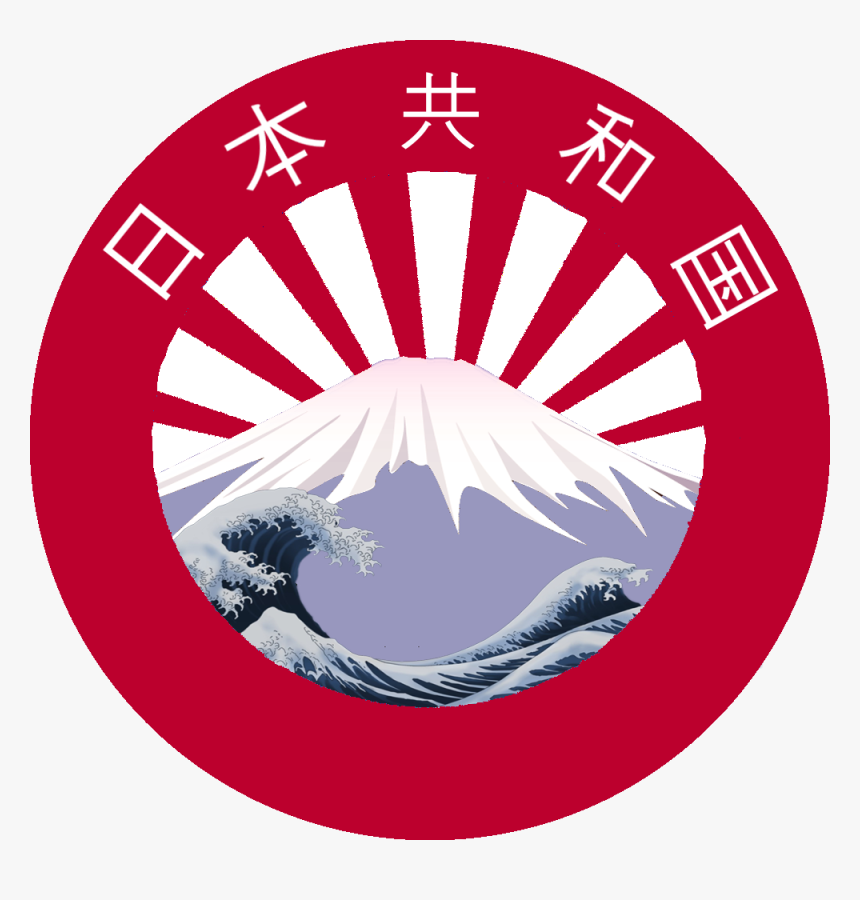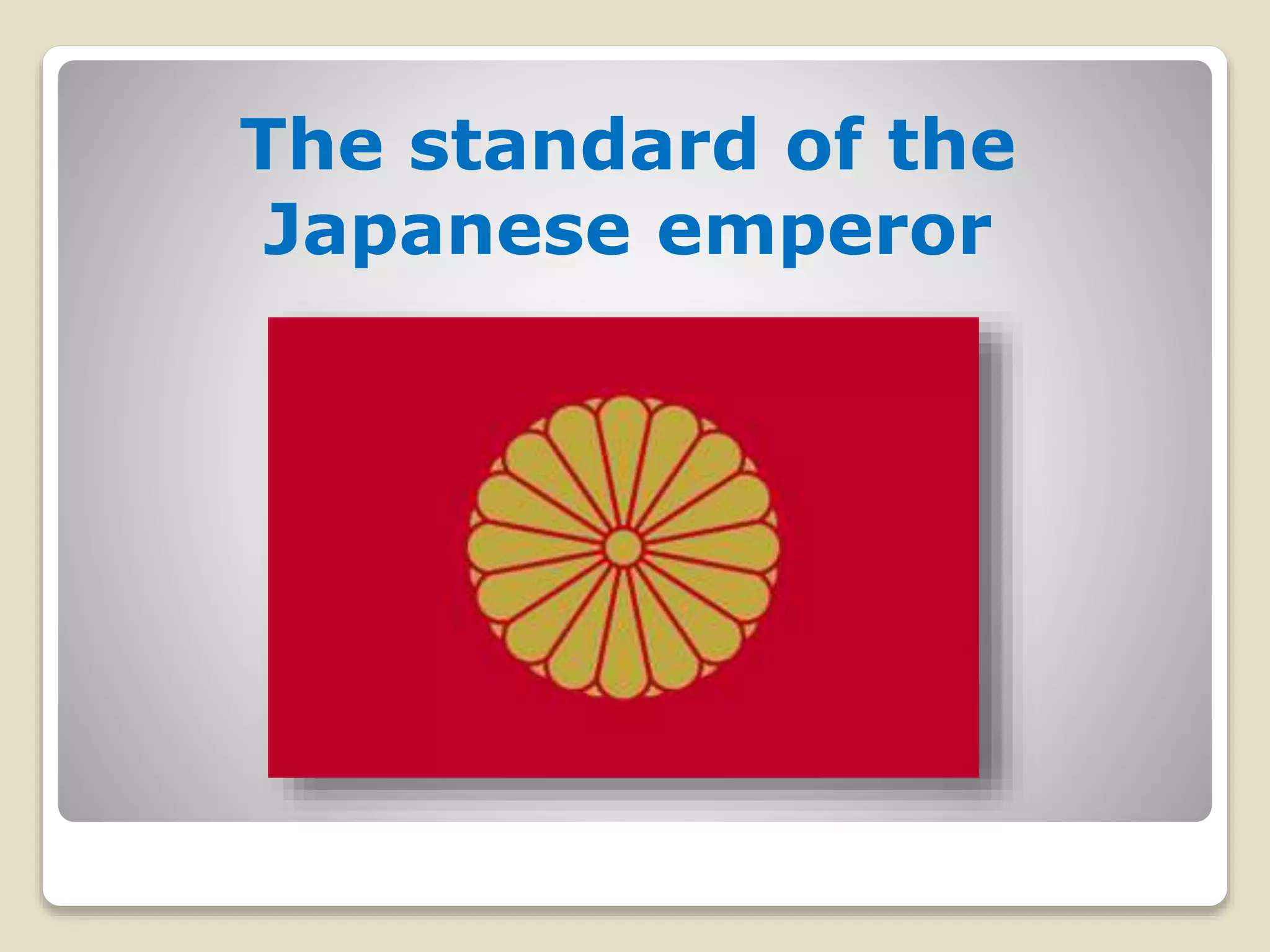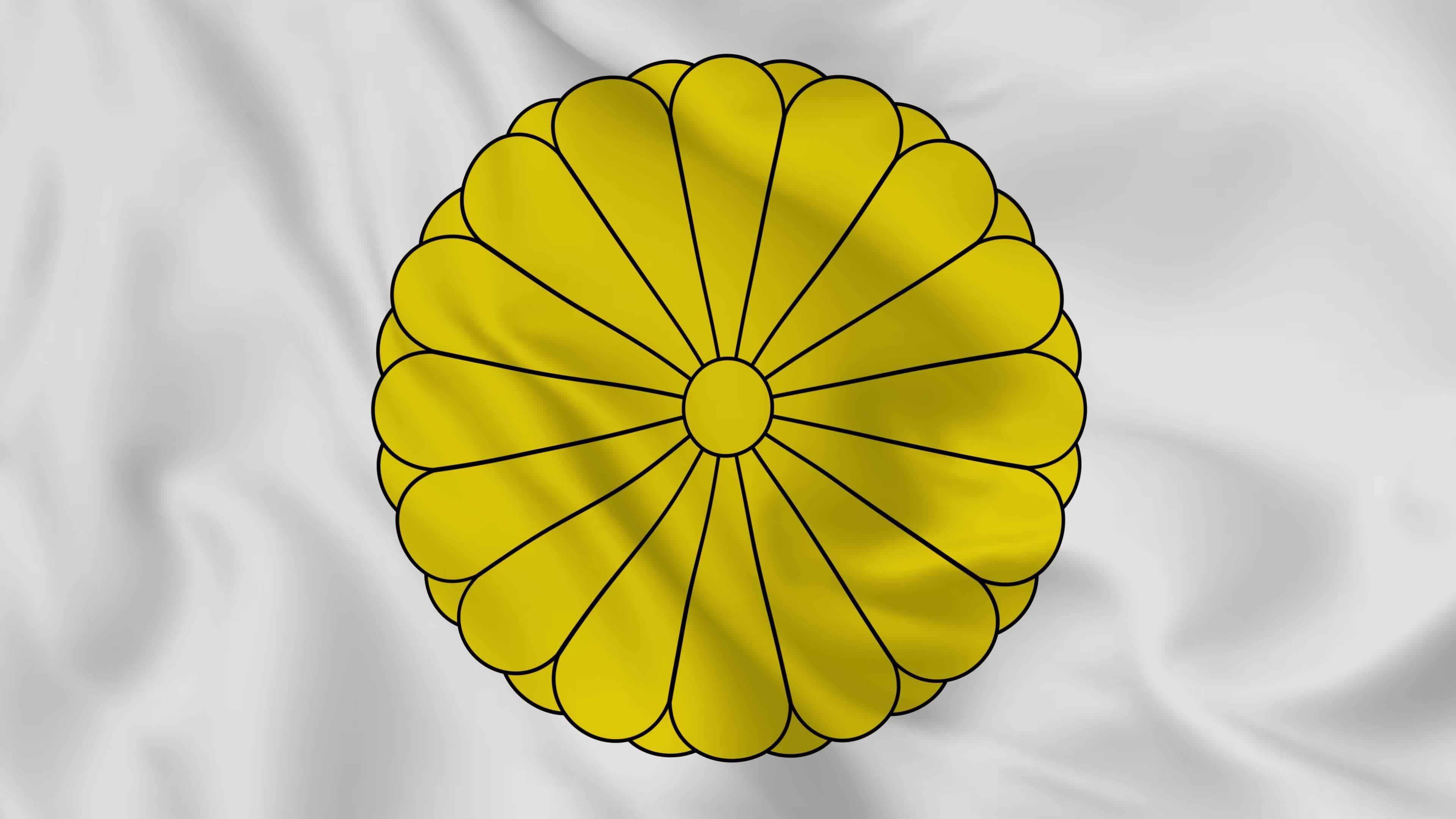National Symbols Of Japan Wikipedia

Wikipedia editors are locked in a fierce debate over the accuracy and neutrality of the "National Symbols of Japan" page. The dispute, escalating rapidly, threatens the reliability of one of the internet's primary sources for information on Japanese identity.
This escalating controversy highlights the inherent challenges in defining national identity within a collaborative, open-source platform like Wikipedia. The core issue revolves around differing interpretations of historical context and cultural significance, leading to accusations of bias and potential misinformation.
Contentious Points of Discussion
The primary points of contention center on the inclusion and framing of several key symbols. The Chrysanthemum Seal, the imperial crest, is under scrutiny, with some editors questioning the extent of its representation of the entire nation versus the imperial family.
Similarly, the discussion extends to the Rising Sun Flag, (Nissho-ki). Its historical association with Japanese militarism during World War II sparks heated debates regarding its appropriateness as a national symbol without proper contextualization of its controversial past.
Furthermore, the categorization of cultural elements, such as Mount Fuji and cherry blossoms, also known as (Sakura), is being challenged. The debate considers whether these symbols are universally recognized and embraced by all segments of Japanese society or represent a romanticized, potentially exclusionary view.
Accusations and Editorial Disputes
The debate has devolved into accusations of biased editing and potential violations of Wikipedia's neutrality policy. Certain editors are accused of pushing a specific nationalistic agenda, while others are criticized for downplaying the historical significance or cultural relevance of certain symbols.
Administrators have stepped in to mediate the conflict, imposing temporary editing restrictions and urging participants to engage in constructive dialogue. However, reaching a consensus remains elusive, with deep-seated disagreements on fundamental interpretations of Japanese history and identity.
Wikipedia's talk page for "National Symbols of Japan" has become a battleground, with editors citing various sources and interpretations. The arguments highlight the difficulty of achieving a neutral point of view when dealing with emotionally charged topics like national symbols.
Impact and Implications
The ongoing dispute raises serious concerns about the reliability of Wikipedia as a source of information on Japanese national identity. The presence of biased or inaccurate content could perpetuate misunderstandings and potentially fuel political tensions.
The controversy also sheds light on the broader challenges of managing open-source platforms. It demonstrates the difficulties in balancing the democratic principles of collaborative editing with the need to ensure accuracy and neutrality.
This incident serves as a cautionary tale for users of Wikipedia and other crowd-sourced platforms, urging them to critically evaluate the information presented and consult multiple sources. It's a reminder that collaborative knowledge creation is a complex process, vulnerable to bias and manipulation.
Next Steps
Wikipedia administrators are actively working to facilitate a resolution to the dispute. They are encouraging editors to engage in good-faith discussions, provide credible sources, and adhere to Wikipedia's core policies.
Further mediation efforts are planned, with the potential for the involvement of subject-matter experts to provide authoritative guidance. The ultimate goal is to create a more balanced and accurate representation of Japan's national symbols.
The situation remains fluid, with ongoing monitoring and intervention expected from Wikipedia's community and administrative staff. The future of the "National Symbols of Japan" page hangs in the balance, as editors struggle to reconcile conflicting perspectives and ensure the integrity of the information presented.



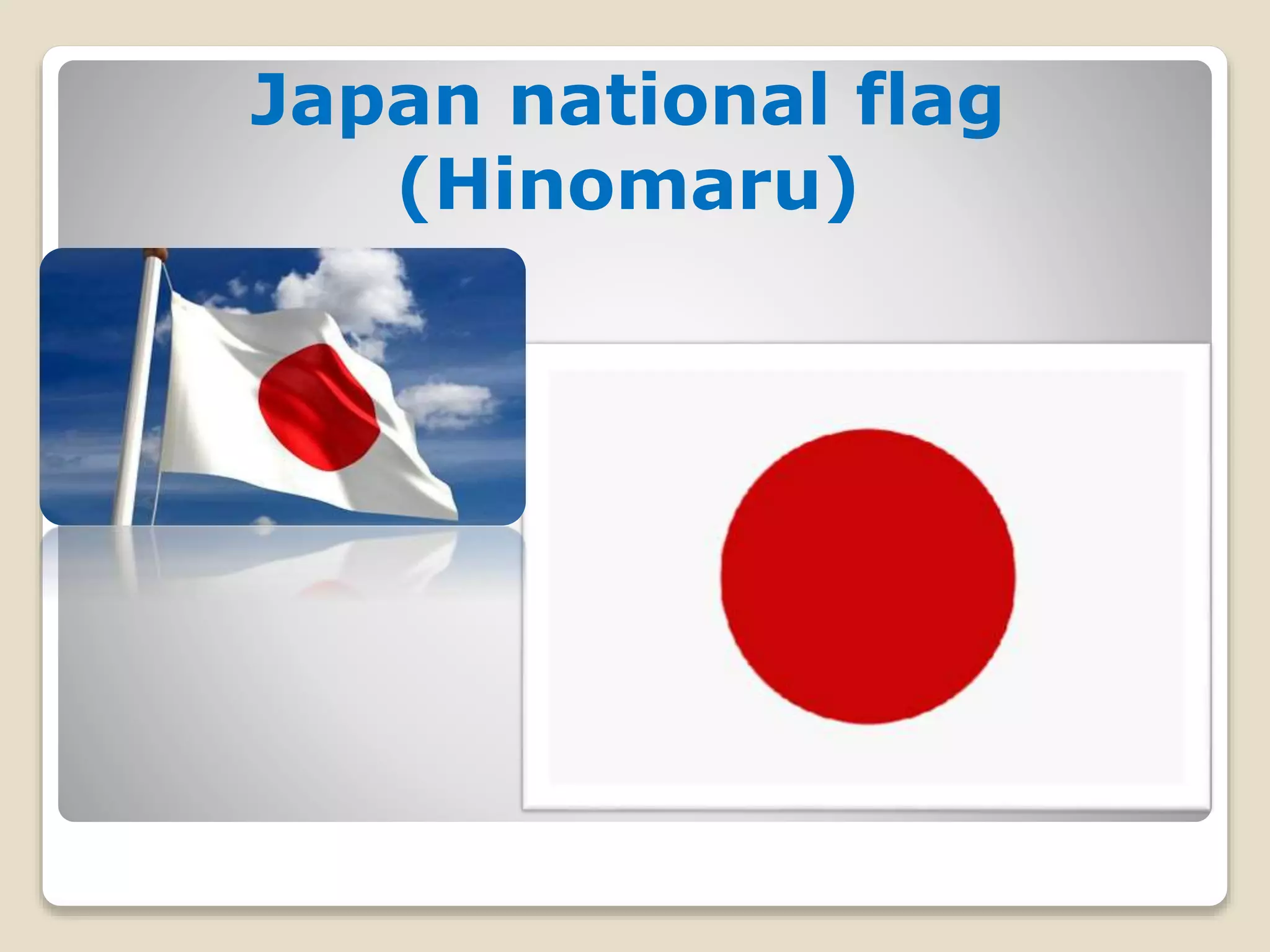
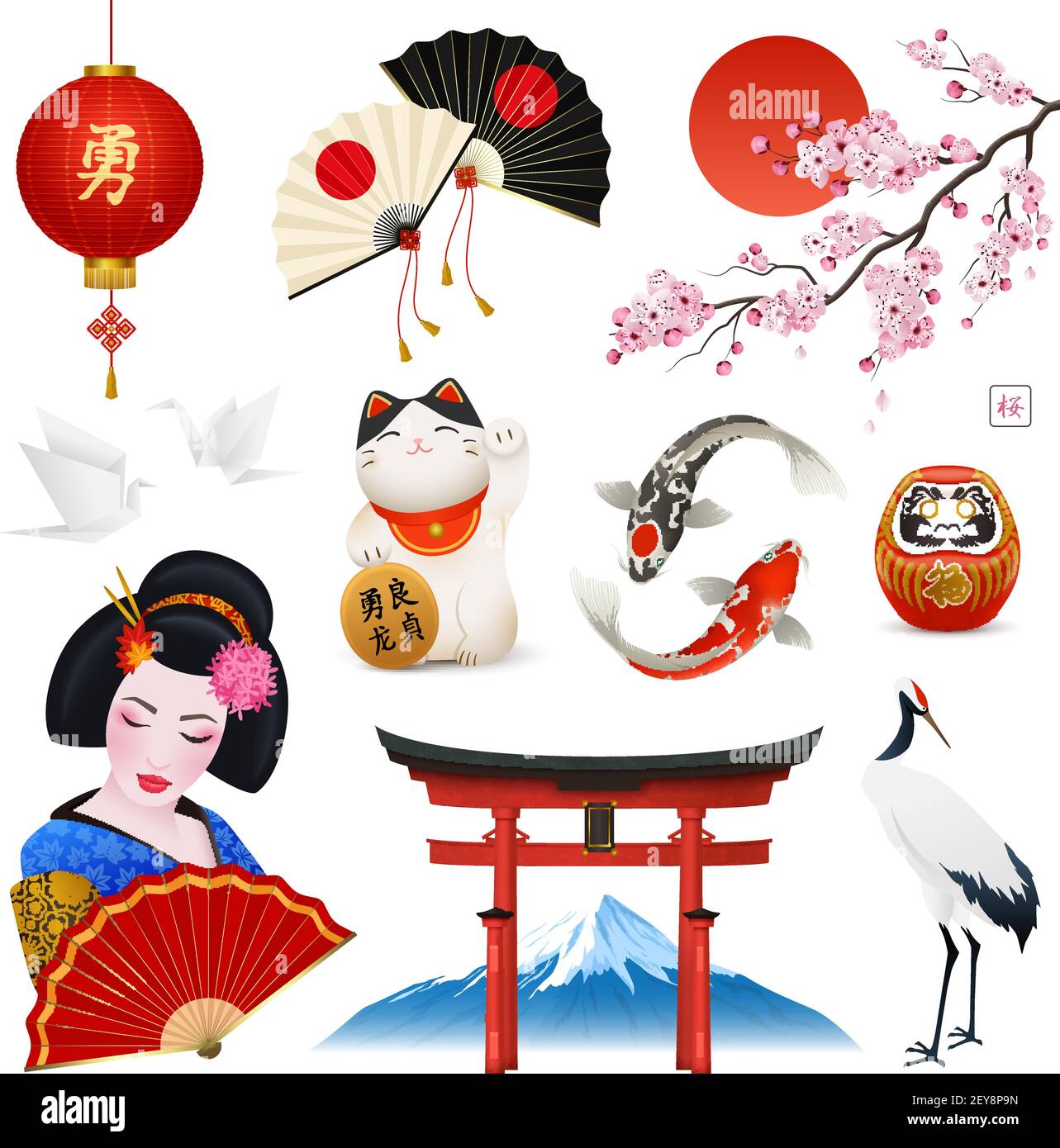
.png)


